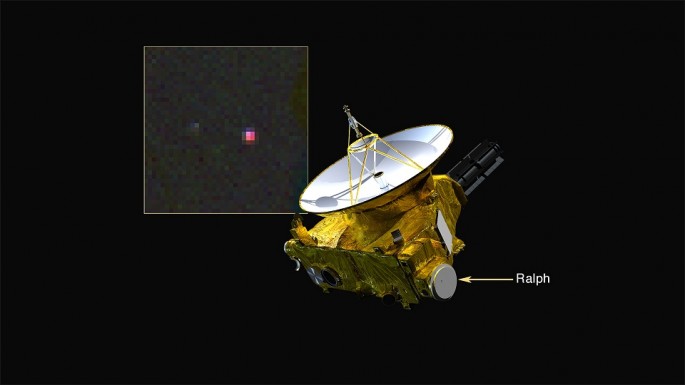NASA's New Horizons spacecraft has just detected frozen methane on Pluto's surface as it makes its milestone approach to the dwarf planet using its very first readings from the spacecraft's infrared spectrometer.
This also marks the first time that methane has been identified by a probe on Pluto ever since astronomers observed the compound on the dwarf planet based on ground observations in 1976.
Methane does not possess any color nor odor which is also present in Earth's atmosphere and underground. However with Pluto, methane may have come from ancient beginnings that could have been originated from the solar nebula where the infant solar system emerged some 4.5 billion years ago.
According to Will Grundy who is the team leader for the New Horizons Surface Composition with Lowell Observatory in Arizona, astronomers have long known about the existence of methane on the planet but this is the actual first detection with real tangible evidence of methane on Pluto.
During the scientific phase of the mission, more data will be sent and where it will reveal if there are any methane composition differences on different regions.
For almost ten years, New Horizons has been travelling for 10 million miles to date to reach Pluto which is some 2.95 billion miles from Earth. The first ever flyby of Pluto is slated on July 14 where the mission team is now preparing for intensive observations of the planet's thin atmosphere and complex surface.
Just this Tuesday night, New Horizons have already gained speed and changed its trajectory path towards Pluto which is part of its scheduled final maneuver during its final approach of the dwarf planet.
While zooming fast ahead the Pluto system, New Horizons had already snapped its first colored photos of Pluto and its moon Charon which were taken between May 29 and June 3 using infrared. More series of images are also revealed where Pluto shows a diverse terrain with bright and darker patches.



























